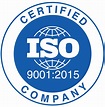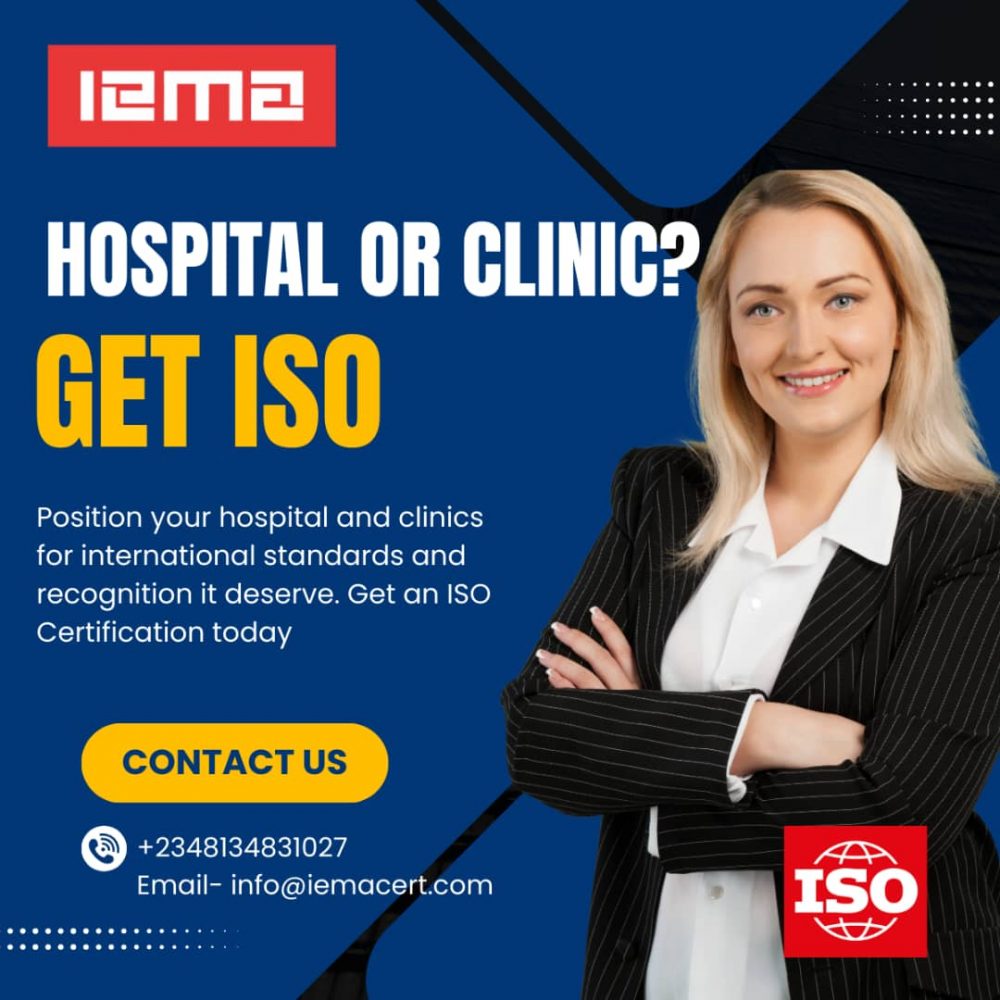Obtaining ISO certification is a significant achievement for businesses, demonstrating their commitment to quality, efficiency, and continuous improvement. However, the process of obtaining ISO certification can seem daunting without proper guidance and understanding of the steps involved. In this article, we provide a comprehensive guide to help businesses navigate the process of getting ISO certification, from preparation to implementation.
Understand the ISO Standard:
The first step in obtaining ISO certification is to understand the specific ISO standard relevant to your industry or business needs. ISO offers a wide range of standards covering various areas such as quality management (ISO 9001), environmental management (ISO 14001), information security management (ISO 27001), and occupational health and safety management (ISO 45001). Research the requirements and principles outlined in the chosen ISO standard to gain a clear understanding of what is expected.
Conduct a Gap Analysis:
Once you have selected the appropriate ISO standard, conduct a thorough gap analysis to assess your current processes, procedures, and practices against the requirements of the standard. Identify areas where your organization complies with the standard and areas where improvements are needed to meet the requirements. The gap analysis will serve as the foundation for developing an action plan to achieve compliance with the ISO standard.
Develop an Implementation Plan:
Based on the findings of the gap analysis, develop a detailed implementation plan outlining the steps, milestones, and timelines for achieving ISO certification. Assign responsibilities to individuals or teams within the organization to oversee the implementation process and ensure accountability. The implementation plan should include tasks such as updating documentation, establishing procedures, conducting training, and conducting internal audits.
Document Management System:
Implement a document management system to organize and maintain the documentation required for ISO certification. Document your organization’s policies, procedures, work instructions, forms, and records in accordance with the requirements of the ISO standard. Ensure that documentation is accessible, up-to-date, and easily retrievable by relevant personnel.
Train Employees:
Provide training and awareness programs to employees at all levels of the organization to familiarize them with the ISO standard, its requirements, and their roles and responsibilities in achieving certification. Training should cover topics such as quality management principles, process improvement methodologies, and the importance of compliance with ISO standards. Ensure that employees understand how their daily activities contribute to the organization’s overall compliance with the ISO standard.
Conduct Internal Audits:
Before seeking external certification, conduct internal audits to evaluate the effectiveness of your organization’s quality management system and identify areas for improvement. Internal audits help ensure that your organization is ready for external certification audits by identifying and addressing non-conformities and opportunities for improvement in advance.
Select a Certification Body:
Choose a reputable certification body accredited by an internationally recognized accreditation body to conduct the external certification audit. Contact the certification body to initiate the certification process and schedule the external audit. Prepare necessary documentation and evidence to demonstrate compliance with the ISO standard during the external audit.
External Certification Audit:
During the external certification audit, the certification body will assess your organization’s compliance with the requirements of the ISO standard through document review, interviews, and on-site inspections. Be prepared to demonstrate how your organization implements and maintains the processes and procedures outlined in the ISO standard. Address any findings or non-conformities identified during the audit and work with the certification body to resolve them.
Achieve Certification:
If your organization successfully demonstrates compliance with the ISO standard during the external audit, the certification body will issue ISO certification, validating your organization’s commitment to quality, efficiency, and continuous improvement. Celebrate this achievement with your employees and stakeholders, and use your ISO certification as a competitive advantage in the marketplace.
Maintain Certification:
ISO certification is not a one-time event but an ongoing commitment to maintaining compliance with the ISO standard. Continuously monitor and review your organization’s quality management system, conduct regular internal audits, and address any non-conformities or opportunities for improvement to ensure ongoing compliance with the ISO standard. Renew your ISO certification through regular surveillance audits conducted by the certification body to demonstrate your organization’s continued commitment to quality and excellences
In conclusion, achieving ISO certification requires careful planning, preparation, and implementation of a quality management system that aligns with the requirements of the ISO standard. By following the steps outlined in this guide and committing to continuous improvement, businesses can successfully obtain ISO certification and reap the benefits of enhanced quality, efficiency, and customer satisfaction.





Leave a Reply